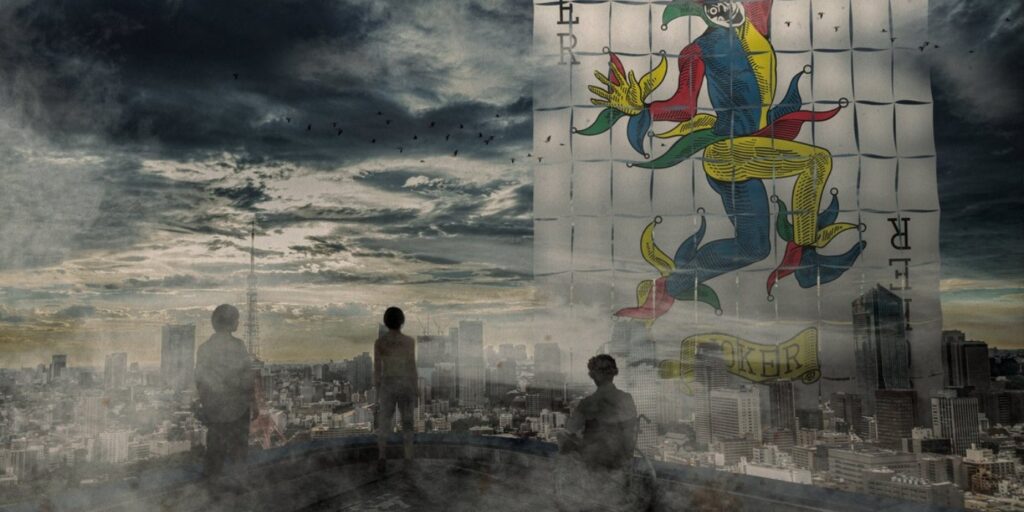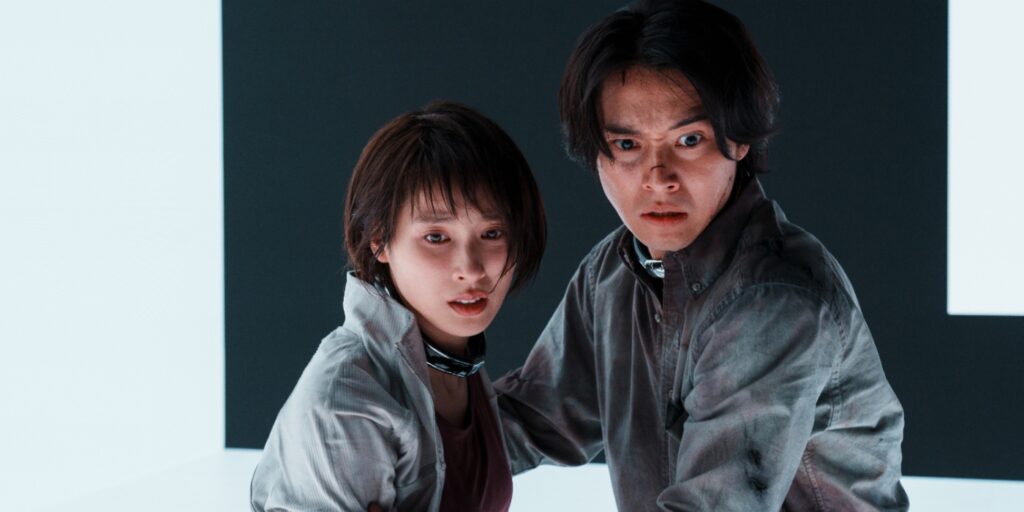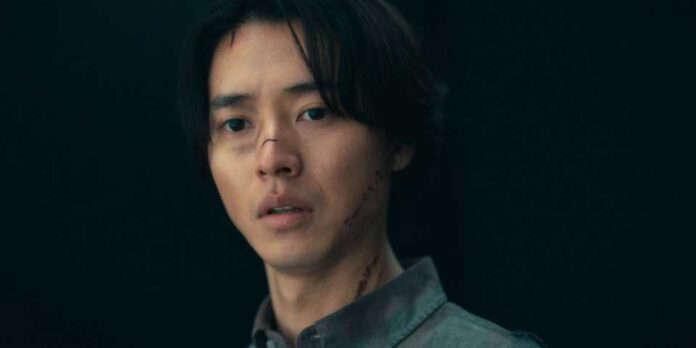Netflix’s ‘Alice in Borderland’ has carved out a space as one of the most intense and compelling survival thrillers in recent memory. Adapted from Haro Aso’s manga, the series drew global attention with its mix of brutal life-or-death games, high-stakes tension, and deeply emotional character arcs.
The first two seasons faithfully tracked the manga, with only small deviations along the way. However, now, season 3 has arrived, and director Shinsuke Sato has taken a daring leap: the new episodes break away from the manga in a major way.
How Breaking From The Manga Works For ‘Alice In Borderland’ Season 3

This shift is more than just a creative experiment; it’s a deliberate choice to keep ‘Alice in Borderland’ fresh, unpredictable, and accessible to both new viewers and longtime fans. For the first time, the show is no longer tied to the roadmap of the manga’s conclusion. When adapting a beloved manga or anime, directors are often caught between two extremes: pleasing purists who want a faithful recreation or experimenting with fresh ideas that risk alienating those same fans.
Related: How ‘Alice In Borderland’ Outshines ‘Squid Game’ As The Ultimate Survival Drama
Sato, however, seems to embrace the middle ground. Speaking at a Netflix roundtable, he emphasized that season 3 was designed to be enjoyed even by people who have never picked up the manga. That independence means no spoilers for newcomers and no guaranteed predictability for manga readers. This freedom is liberating, both for the creators and the audience. Readers of Haro Aso’s work already know how the manga ends.
However, the live-action series now has a chance to surprise everyone. The third season builds its own identity, unbound by expectations. Instead of simply repeating what’s on the page, the show pushes deeper into questions about human nature, morality, and the meaning of survival. The most noticeable change is in the games themselves. While earlier seasons adapted the manga’s deadly challenges fairly closely, season 3 introduces brand-new games that exist only in the Netflix version.
Sato described the process as akin to building video game mechanics. Each game serves as a mirror, forcing the characters to confront who they are and what they value most. That blend of suspense and psychological depth is what makes ‘Alice in Borderland’ so addictive. And by crafting original games, the show heightens its unpredictability. Viewers can no longer rely on the manga for answers.
What The Future Holds For ‘Alice In Borderland’

The finale of season 3 is quintessential ‘Alice in Borderland’: hopeful on the surface but tinged with unsettling twists. For Arisu and Usagi, the conclusion seems almost like a happy ending. Yet, just as in earlier seasons, the narrative pulls the rug out from under them with a last-minute revelation that suggests their freedom is far from secure. The stars themselves have weighed in on what this means for the show’s future.
In case you missed it: 30 Must-Watch Netflix Original Series, Ranked
In an interview with The Hollywood Reporter, Yamazaki admitted that the pressure of returning after three years was intense. Yet he also expressed how much joy he felt being back in the role. More importantly, he made it clear that he would be eager to continue if season 4 were greenlit. Tsuchiya offered an even more intriguing perspective. She revealed that in season 3, Usagi is pregnant, a narrative wrinkle that could dramatically shape the series’ future.
For Usagi, survival has always been deeply personal, tied to grief, love, and resilience. However, the idea of raising a child within or beyond the Borderland adds a new layer of emotional stakes. As Tsuchiya said, she would love to see a future where the story becomes more familial. Moreover, that idea opens fascinating possibilities. Could the next season explore what it means to bring life into a world built on death games?





